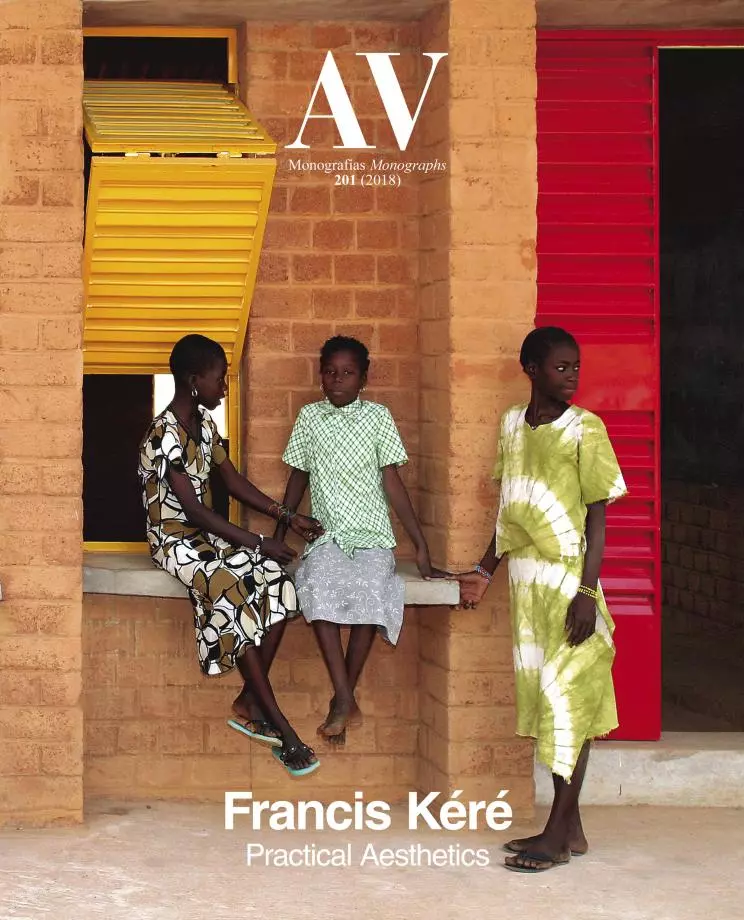
Francis Kéré commences a third century for our monographs, and there are good reasons for this. The most evident refer to his leading role in a new generation of architects determined to build a better world working for those in need, for whom the Burkinese is a model of personal success and ethical commitment; to the example his works offer in the use of sustainable techniques, of construction with limited resources, and of interpretation of social needs, turning his projects into an exact expression of necessary architecture; and, last but not least, to the links of affection we share since his professional beginnings, which have brought him to Spain on several occasions, as recorded in the closing text of this issue. But leadership, example, and affection would not be sufficient reasons without the moving beauty of the built oeuvre.
This beauty is based on the economy of means, which refines processes and languages until they are reduced to their most original and primeval condition, because this relinquishment of the accessory leads to what José Antonio Coderch referred to as the bald beauty of Nefertiti, reached through the most radical bareness; on the firm connection to a geography, a climate, and a society that organically segregates building methods and symbolic resources that metabolize the work in its context, to which it adheres with the tenacity of the roots of the mango tree; and on the propositive imagination of the architect, who orchestrates the choral work of the future users with the musical talent of a composer who conducts the construction towards its objective: a bare beauty with roots in the ground and branches in the sky.
Here we have tried to show that this journey to the origins is also a journey to the essence, and have sought the help of Gottfried Semper to explore these elementary landscapes, perhaps showing that the architectures of necessity should not be enclosed within the limited field of development, cooperation, or philanthropy. On the contrary, the work of Kéré – which undoubtedly also teaches how to intervene in precarious environments, using scarce resources with strategic intelligence and empowering communities through participation in decisions and construction – offers a more general view of the substance of architecture that is pertinent in environments different from his own, because after all he explores the foundations of the discipline. This is what we call necessary beauty, which gives us the cue to begin our third century.






